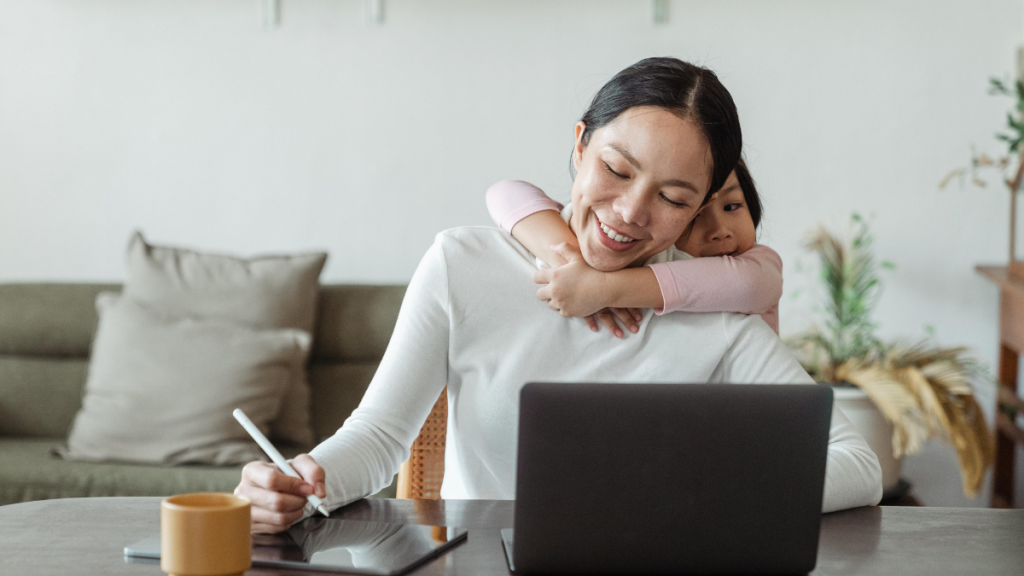As people age, maintaining independence while staying safe at home becomes increasingly important. However, despite best intentions, many elderly individuals and their caregivers face challenges due to overlooked gaps in at-home support. Recognising and addressing these issues early can significantly improve quality of life, promote dignity, and prevent avoidable accidents or hospitalisations.
Lack of Mobility Support
Mobility support is essential for older adults who wish to stay safe and independent in their own homes. Without it, everyday activities such as moving between rooms, standing from a seated position, or walking short distances can become hazardous.
To reduce this risk, introducing mobility aids such as grab rails, walking frames, and bed transfer poles can provide much-needed stability and confidence. However, these aids must be carefully chosen based on individual needs and home environments. This is why professional assessments are so important. Once the requirements are clear, families often explore trusted sources such as Safety and Mobility to find equipment that supports safe and comfortable movement throughout the home.
Inadequate Bathroom and Hygiene Facilities
Bathrooms are one of the most dangerous areas in the home for the elderly due to hard surfaces and slippery conditions. Poorly adapted bathrooms lacking non-slip flooring, shower chairs, or raised toilet seats increase the likelihood of falls and injuries.
To address this, consider a bathroom modification plan that focuses on ease of access. Walk-in showers, height-adjustable commodes, and thermostatic taps can drastically improve safety. More importantly, regular reassessment is essential as needs evolve over time.
Poor Medication Management
Many elderly individuals manage multiple prescriptions daily, leading to increased risk of medication errors. Issues like forgetting doses, taking the wrong medication, or confusing instructions are surprisingly common and can lead to hospitalisation.
To combat this, digital pill dispensers with alerts, dosette boxes, and caregiver-managed routines offer practical solutions. Where possible, liaising with pharmacists to simplify medication regimens, such as switching to once-daily doses, can further reduce confusion.
Social Isolation and Mental Health Concerns
While remaining at home may provide physical safety, it can also increase the risk of social isolation. As people age, opportunities for connection often diminish due to factors such as limited mobility, the loss of partners or friends, or difficulties using technology. As a result, prolonged isolation can have multiple negative effects on wellbeing for older people, including poor mental and physical health, cognitive decline, and increased risk of mortality.
Maintaining emotional wellbeing is just as important as physical care. Encouraging regular interaction, whether through visits from family, participation in local groups, or remote communication, helps foster a sense of inclusion. Accessible technologies like video calling or community transport schemes can bridge the gap for those less mobile, while structured social activities can boost mood and cognitive engagement.
Unsafe or Inaccessible Household Layout
Even the general layout of a home can become a barrier. Cluttered walkways, uneven flooring, or rooms located on multiple levels can quickly turn a once-safe space into a hazard. Lighting is also frequently overlooked, poor visibility contributes to missteps and accidents.
Small yet impactful fixes include decluttering pathways, securing carpets, adding motion-sensor lighting, or using ramps and stair lifts where needed. In some instances, minor renovations like moving a bedroom downstairs may offer long-term safety benefits.
Closing the Cracks in Home-Based Care
Effective at-home support for the elderly isn’t just about convenience, it’s a matter of safety, dignity, and quality of life. By identifying and addressing common gaps, caregivers and family members can help create environments where older adults thrive, not just survive. Through awareness, appropriate equipment, and emotional connection, ageing at home can remain a viable, empowering choice.

